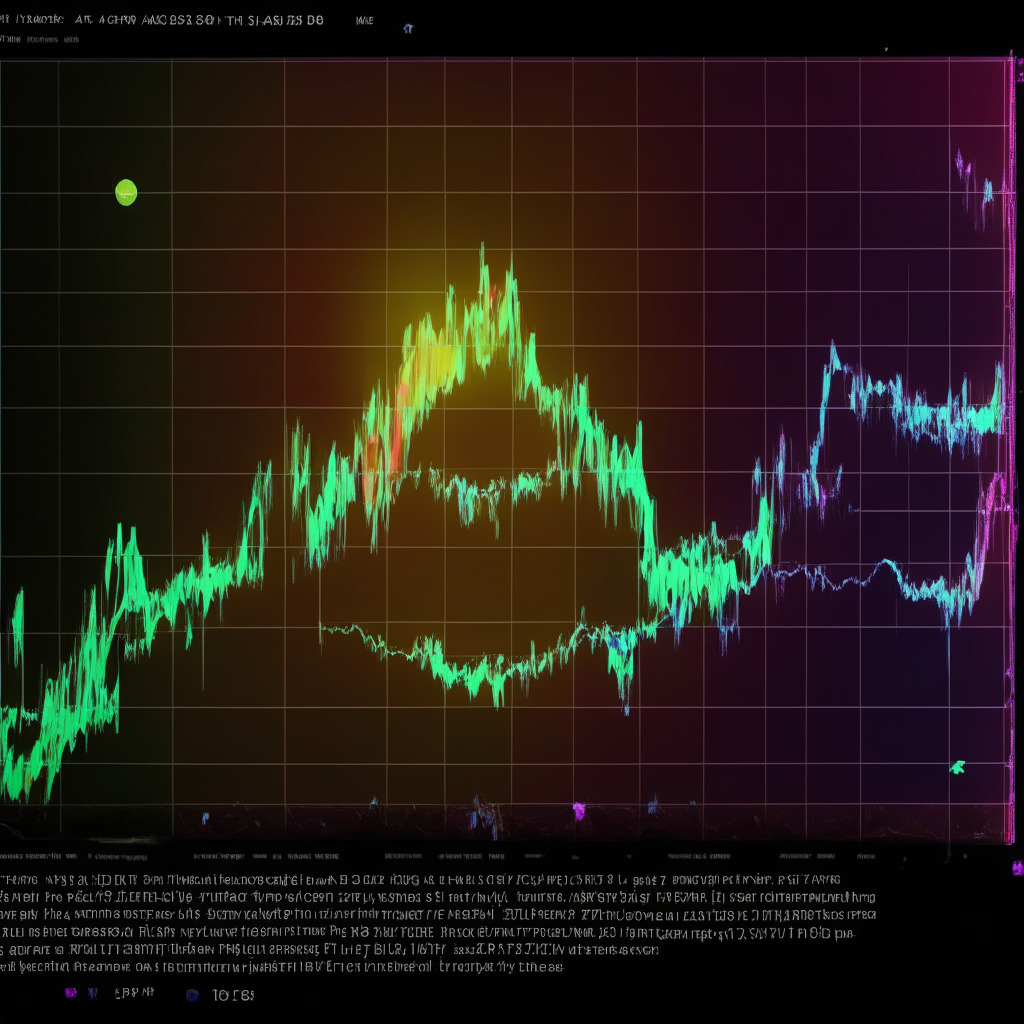The Bitcoin (BTC) price experienced a significant drop on May 12, breaking below the 55-day support at $27,000 and reaching $26,155. This 7% correction resulted in the liquidation of $100 million worth long BTC futures contracts. However, the resilience in the Bitcoin margin and futures markets spurred hope for a recovery towards $28,000.
One catalyst for the decline may be the increased regulatory uncertainty in the United States, fueled by recent news that publicly traded Bitcoin miner Marathon Digital received another subpoena. The company announced on May 10 that the U.S. Securities and Exchange Commission (SEC) is investigating potential violations of federal securities laws related to related-party transactions.
Another factor causing concern is the 627,522 Bitcoins held by the Grayscale GBTC Trust Fund, which has been trading at a notable discount for over a year. The Grayscale holding company, Digital Currency Group (DCG), has been struggling with troubled subsidiaries – notably, crypto lending and trading firm Genesis Capital, which filed for Chapter 11 bankruptcy protection in January.
Despite separate corporate structures, Genesis Capital’s “intercompany obligations” with DCG could have repercussions for the Grayscale funds management. The group reportedly owes Gemini’s clients around $900 million, and both Genesis and Gemini were charged by the U.S. SEC in January.
Another influence on the BTC price drop could be the Dollar Strength Index (DXY), which gauged strength against foreign exchanges and reached 101 on May 8, close to its 12-month low. This signals a lack of confidence in the government’s ability to manage inflation and increase the debt limit, impacting risk-on assets like Bitcoin as a weaker dollar drives demand for alternative store-of-values.
Derivative market metrics show that professional traders are positioned more cautiously, but not overwhelmingly bearish. For example, OKX stablecoin/BTC margin lending ratio indicates that traders have slightly reduced their margin lending between May 8 and May 11. However, stablecoin (long) demand is still 18 times greater than BTC (short) demand.
Additionally, the long-to-short metrics from crypto exchanges reveal that professional traders have neither abandoned their bullish positions nor shifted to bearish positions. On OKX, the long-to-short ratio increased from 0.92 on May 8 to 1.01 on May 12, while on Binance, the ratio remained stable at 1.13.
Despite the 12% price drop from its high of $29,865 on May 6, margin and futures traders seem to retain their bullish stance, indicating confidence that Bitcoin is more likely to reclaim $28,000 rather than fall further to the next support level near $24,500.
Source: Cointelegraph




